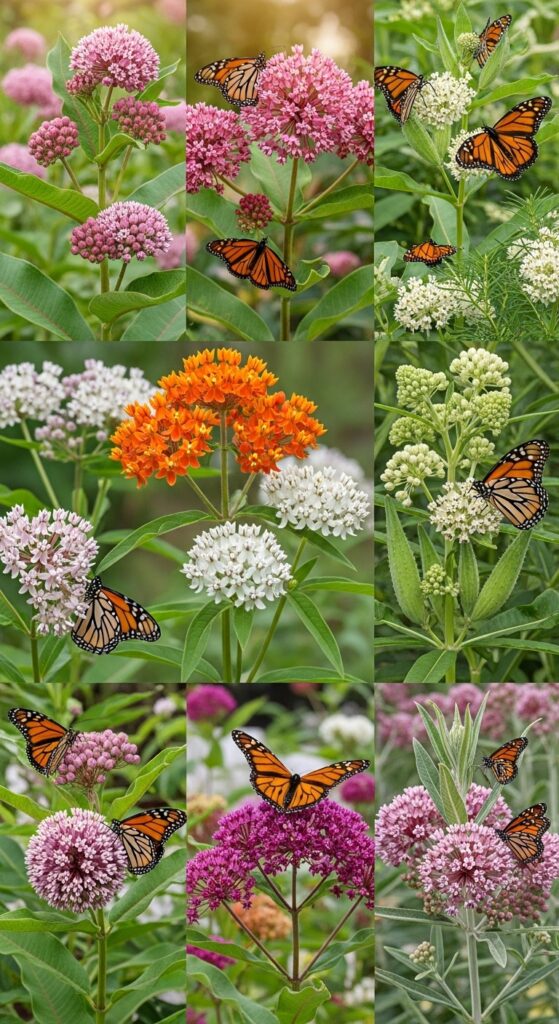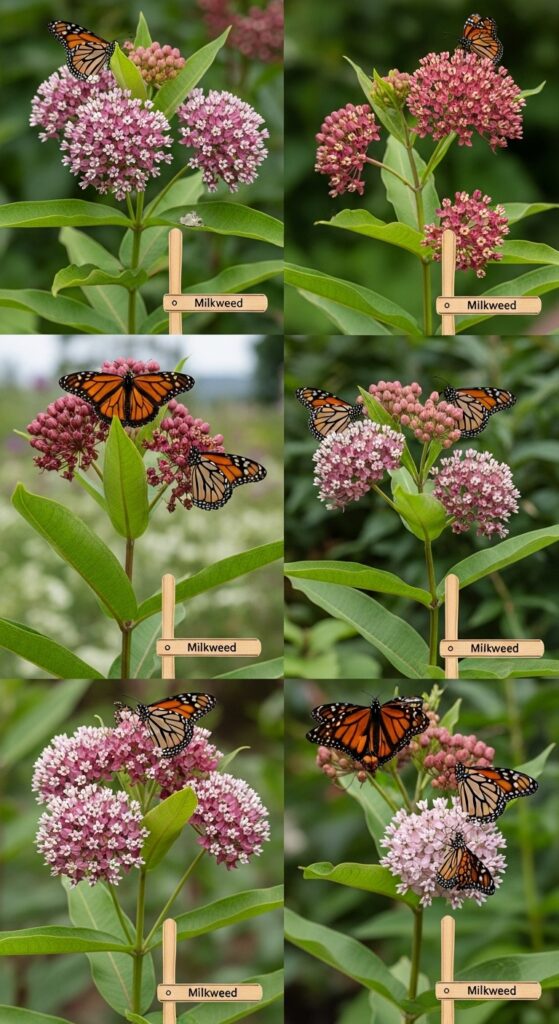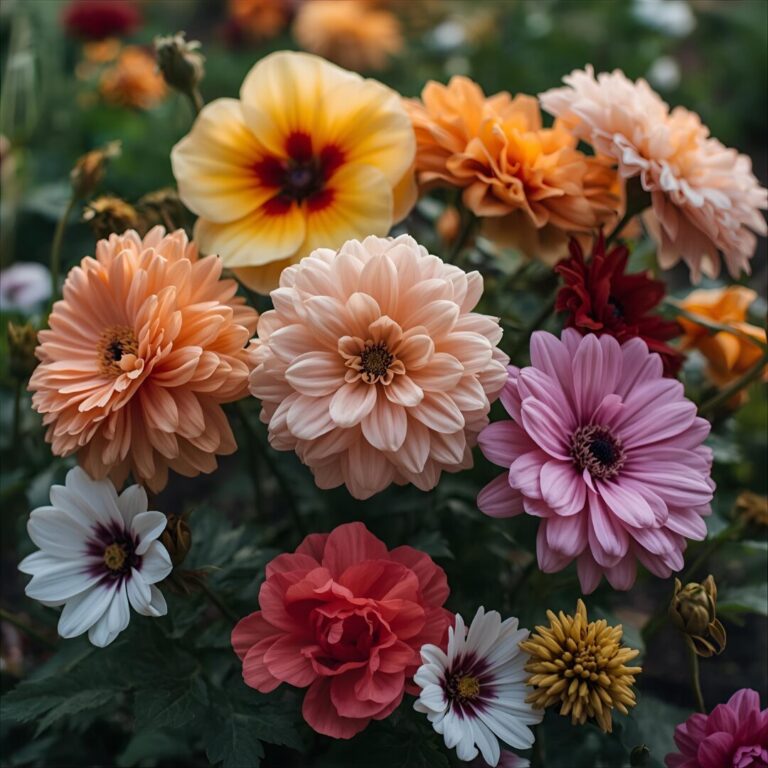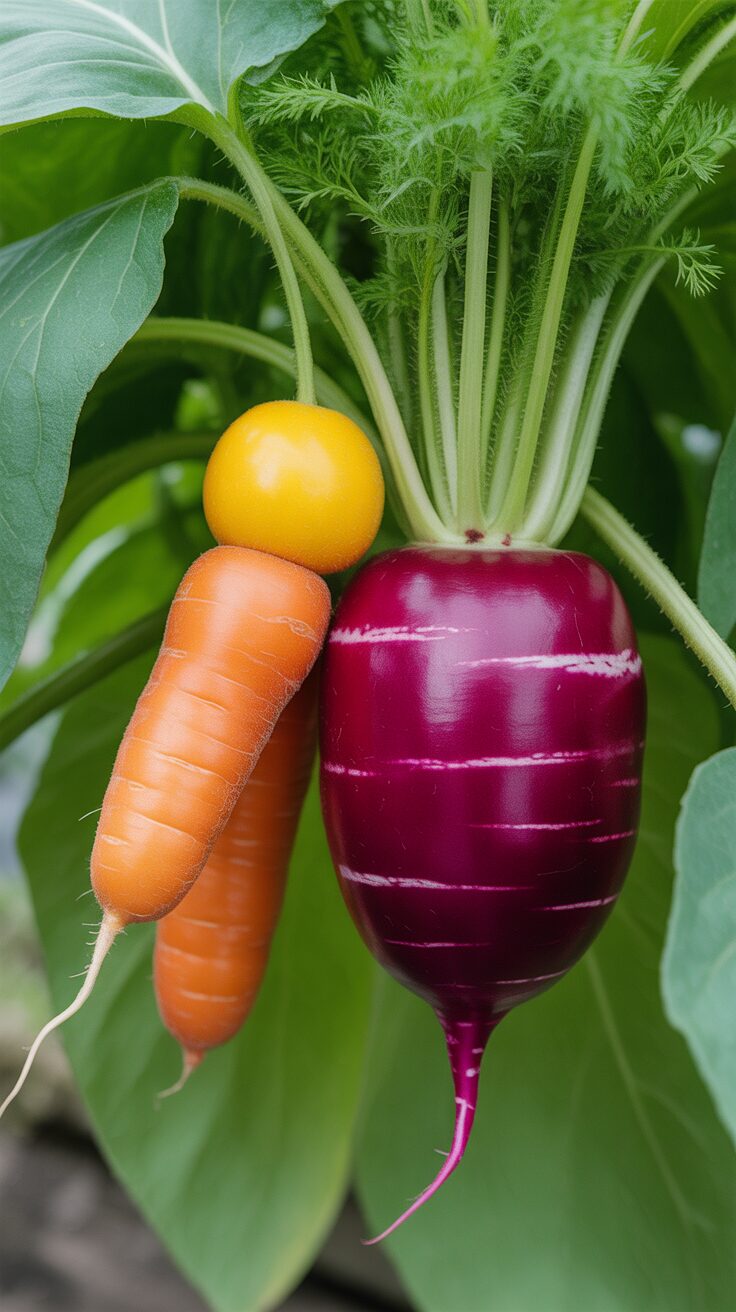9 Best Milkweed to Grow for Monarch Butterflies that Looks Amazing

Monarch butterflies are among the most captivating pollinators in the garden, and one of the most effective ways to attract them is by planting milkweed. This hardy perennial serves as both a nectar source and a host plant where monarchs lay their eggs. If you want to transform your yard into a sanctuary for these winged beauties, milkweed is the foundation. With several species to choose from, each offering unique growth habits and benefits, you can create a thriving habitat that supports monarchs throughout their life cycle.
Why Milkweed Matters
Milkweed is more than just another flowering plant. It provides the only food source for monarch caterpillars, making it essential for their survival. Beyond its role in supporting butterflies, milkweed also attracts bees, hummingbirds, and other pollinators. Its vibrant flowers add beauty to landscapes, while its adaptability allows it to thrive in many different climates and soil conditions.
Pro Tip: When choosing milkweed varieties, always select species native to your region. Native plants are more resilient and provide the best ecological support for local wildlife.
Popular Milkweed Varieties for Monarchs
While there are more than 70 species of milkweed in North America, some stand out for their ability to attract monarchs and their suitability for home gardens. Below is a quick comparison of the most commonly recommended types.
| Milkweed Variety | Flower Color | Best Growing Zone | Bloom Time | Growth Habit |
|---|---|---|---|---|
| Common Milkweed | Pink to purple | Zones 3–9 | Early to mid-summer | Tall, spreading |
| Butterfly Weed | Bright orange | Zones 3–9 | Summer to early fall | Compact, bushy |
| Swamp Milkweed | Pink to mauve | Zones 3–8 | Mid to late summer | Upright, moisture-loving |
| Showy Milkweed | Pale pink | Zones 3–9 | Summer | Hardy, drought-tolerant |
| Tropical Milkweed* | Red, orange, yellow | Zones 8–11 | Long season | Tender perennial |
*Tropical milkweed should be planted with caution. In warmer regions where it does not die back, it may disrupt monarch migration cycles.
Pro Tip: To prevent issues, cut back tropical milkweed at the end of the season so monarchs continue their natural migration patterns.

Planting Milkweed Successfully
Milkweed is generally easy to grow but thrives best under the right conditions. Most varieties prefer full sun and well-drained soil. Start seeds indoors about 6–8 weeks before the last frost or sow directly outdoors once the soil has warmed. Established plants are drought-tolerant, though regular watering during the first season helps them develop strong roots.
Pro Tip: Soak milkweed seeds in water for 24 hours before planting to improve germination rates.
Designing a Monarch-Friendly Garden
Milkweed alone can attract butterflies, but pairing it with other nectar-rich plants ensures a steady food supply throughout the season. Consider companion plants like coneflowers, black-eyed Susans, and bee balm to extend the bloom period and support a variety of pollinators. Grouping milkweed in clusters also makes it easier for monarchs to find.
Pro Tip: Plant milkweed in several locations around your yard to give monarchs multiple safe spots to feed and lay eggs.
Caring for Milkweed Plants
Once established, milkweed requires minimal maintenance. Cut back stems in late fall or early winter to encourage healthy regrowth in spring. Deadheading spent flowers can prolong blooming, but always leave some seed pods to ensure natural reseeding. Watch for aphids, which are common on milkweed, but avoid harsh chemicals since they can harm butterflies.
Pro Tip: Use a strong stream of water to remove aphids or introduce beneficial insects like ladybugs for natural pest control.

Supporting Monarch Conservation
By planting milkweed, you are contributing to monarch butterfly conservation. Their populations have declined sharply due to habitat loss and reduced availability of native host plants. Every yard, no matter how small, can play a role in rebuilding the monarch’s migratory path. Creating a dedicated pollinator zone not only helps monarchs but also improves biodiversity in your area.
Pro Tip: Connect with local conservation groups to learn which milkweed species are most beneficial in your region.
Conclusion
Milkweed is a must-have plant for anyone looking to support monarch butterflies and create a vibrant, pollinator-friendly garden. From the tall blooms of common milkweed to the compact beauty of butterfly weed, each variety offers unique benefits. With thoughtful planting and care, you can transform your backyard into a safe haven where monarchs thrive year after year. Planting milkweed is more than gardening—it is a step toward protecting one of nature’s most iconic migrations.






